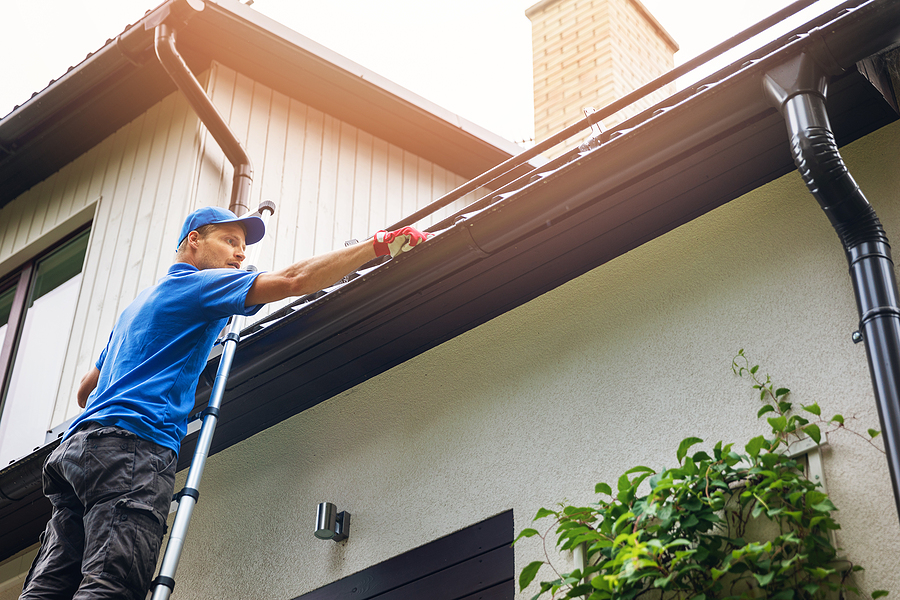Introduction
Workplace safety is a critical concern in Australia, and preventing falls is a key component of maintaining a safe work environment. Falls in the workplace can result in serious injuries, long-term disabilities, and even fatalities. In this blog, we will discuss the importance of identifying opportunities for falls in the workplace in Australia and explore strategies for risk assessment and safety improvement. Ensuring workplace safety protects employees and minimises financial costs and legal liabilities for employers.
The Importance of Preventing Falls in the Workplace
Falls are a leading cause of workplace injuries in Australia, and they can occur in various industries and settings. According to Safe Work Australia, in 2019-2020, there were 9,525 serious claims for falls, slips, and trips in the workplace. These injuries can result in significant time off work, medical expenses, and decreased productivity. Therefore, it is crucial to identify opportunities for falls and take proactive measures to prevent them.
Consultation
Talk to everyone in your workplace. Listen to their views about working at heights.
Everyone in the workplace has experience and ideas.
Listen to them. They might have the answer.
Don’t underestimate the value of engaging with workers to reduce your risk and incidents.
Risk Assessment
One of the fundamental steps in preventing falls in the workplace is conducting a thorough risk assessment. This involves identifying potential hazards and evaluating the risks associated with them. Here are some key elements of a risk assessment:
a. Hazard Identification: Identify areas and situations where falls are likely to occur, such as uneven surfaces, wet floors, or elevated workspaces.
b. Risk Evaluation: Assess the severity and likelihood of falls in each identified hazard. Prioritize risks based on their potential impact.
c. Control Measures: Implement control measures to reduce or eliminate the identified risks. This may include installing handrails, improving lighting, or providing personal protective equipment (PPE) like non-slip footwear.
Workplace Design and Maintenance
The design and maintenance of the workplace play a crucial role in preventing falls. Employers should consider the following strategies:
a. Clear Walkways: Ensure that walkways are clear of obstructions and clutter to minimize tripping hazards.
b. Adequate Lighting: Proper lighting is essential to help employees navigate safely, especially in areas with limited visibility.
c. Non-Slip Surfaces: Use non-slip flooring materials in areas prone to spills or wet conditions.
d. Regular Inspections: Conduct regular inspections to identify and address maintenance issues promptly.
Employee Training and Awareness
Employees should be educated and aware of the risks associated with falls in the workplace. Training should cover:
a. Safe Work Practices: Teach employees to recognise and mitigate fall hazards.
b. Proper Use of Equipment: Ensure employees are trained to use equipment such as ladders and scaffolding correctly.
c. Reporting Procedures: Encourage a culture of reporting near-miss incidents and potential hazards to address them promptly.
Personal Protective Equipment (PPE)
In some cases, PPE may be necessary to prevent falls. Employers should provide and enforce appropriate PPE, such as harnesses, helmets, and non-slip footwear, depending on the specific risks present in the workplace.
Conclusion
Identifying opportunities for falls in the workplace and implementing strategies to mitigate these risks is essential for maintaining a safe working environment in Australia. Preventing falls protects employees from harm and benefits employers by reducing the financial burden of workplace injuries and potential legal liabilities.
By conducting thorough risk assessments, maintaining the workplace, providing training, and using appropriate PPE, employers can significantly reduce the incidence of falls and promote a workplace safety culture.
Promoting a culture of safety is everyone’s responsibility.
The culture starts with management and supervisors.
References:
